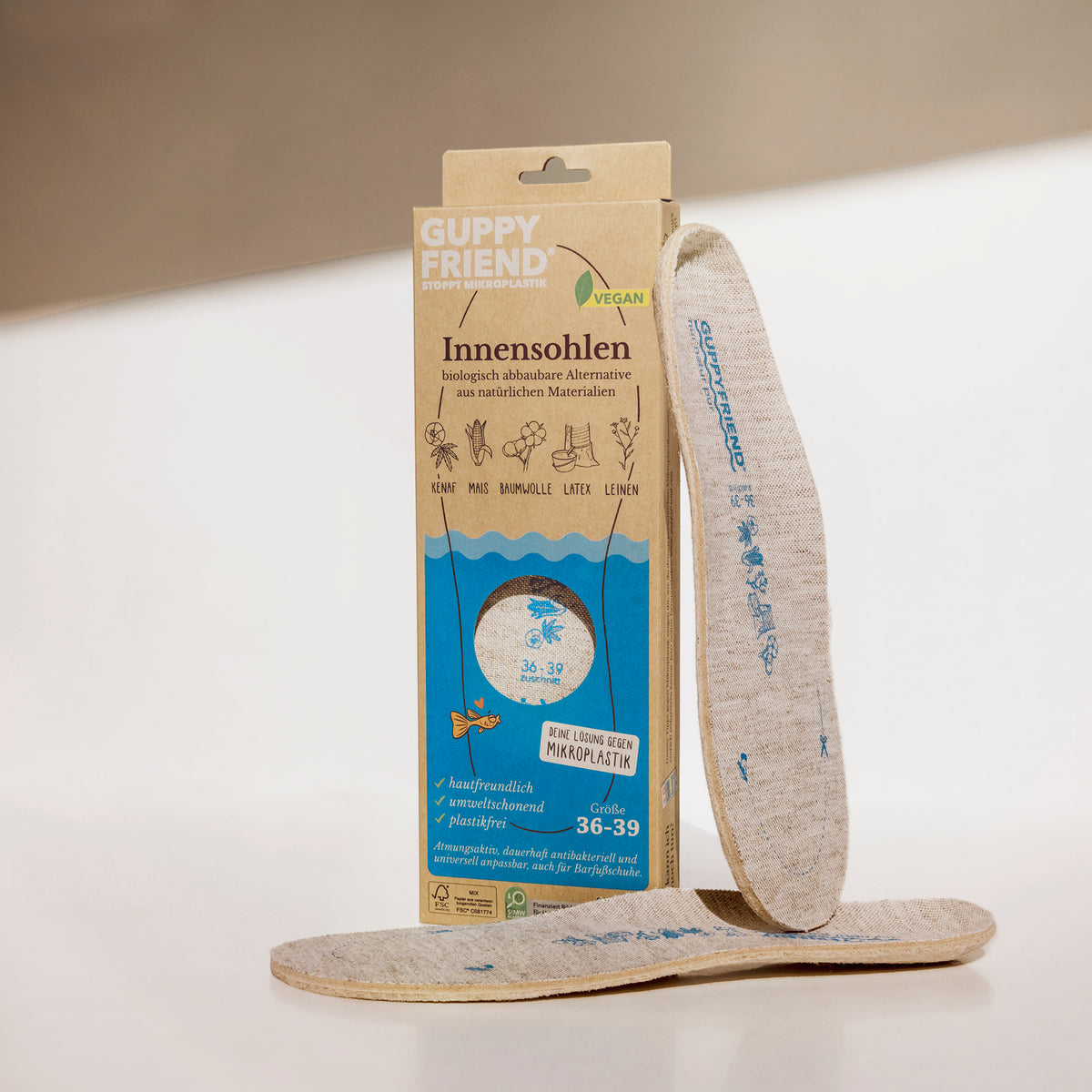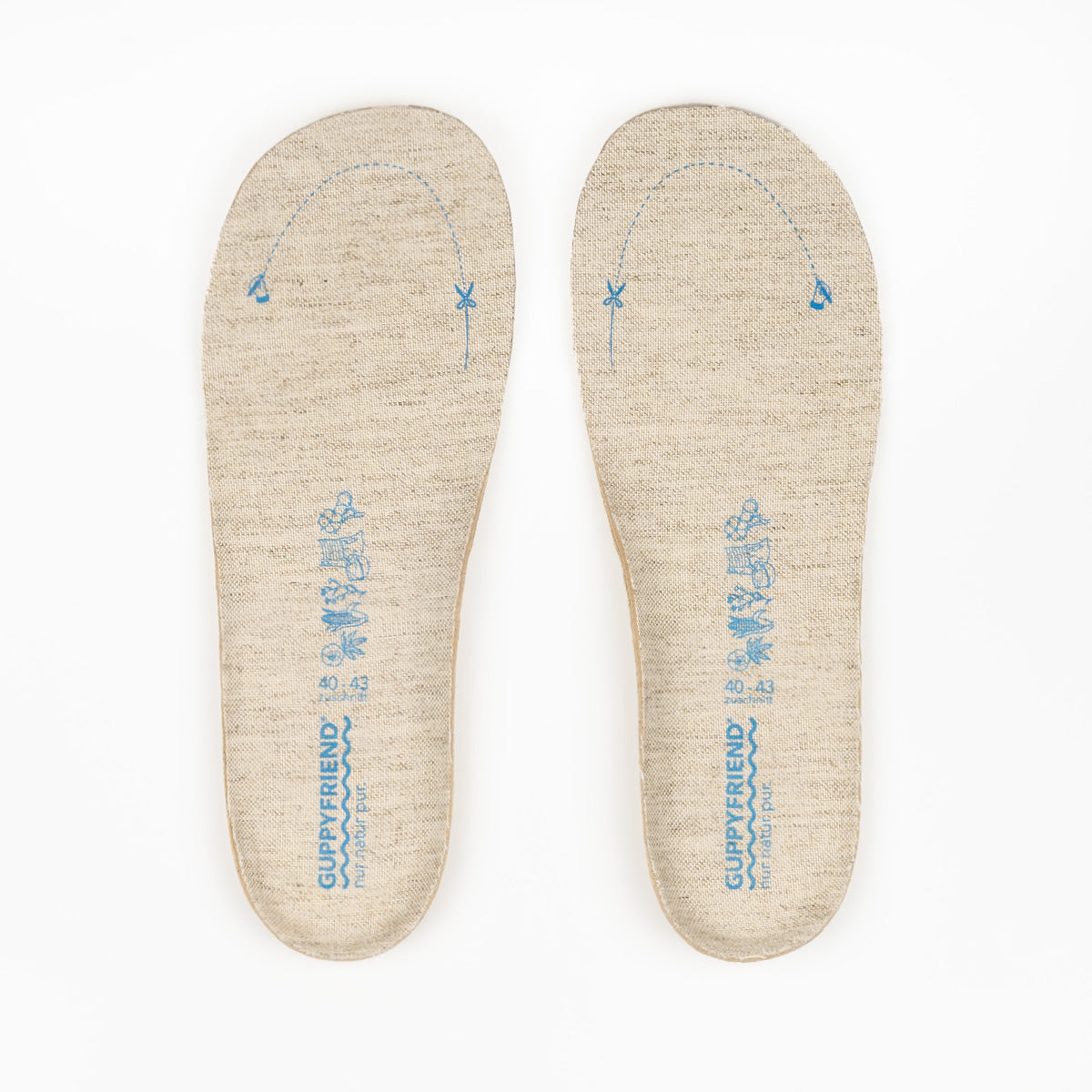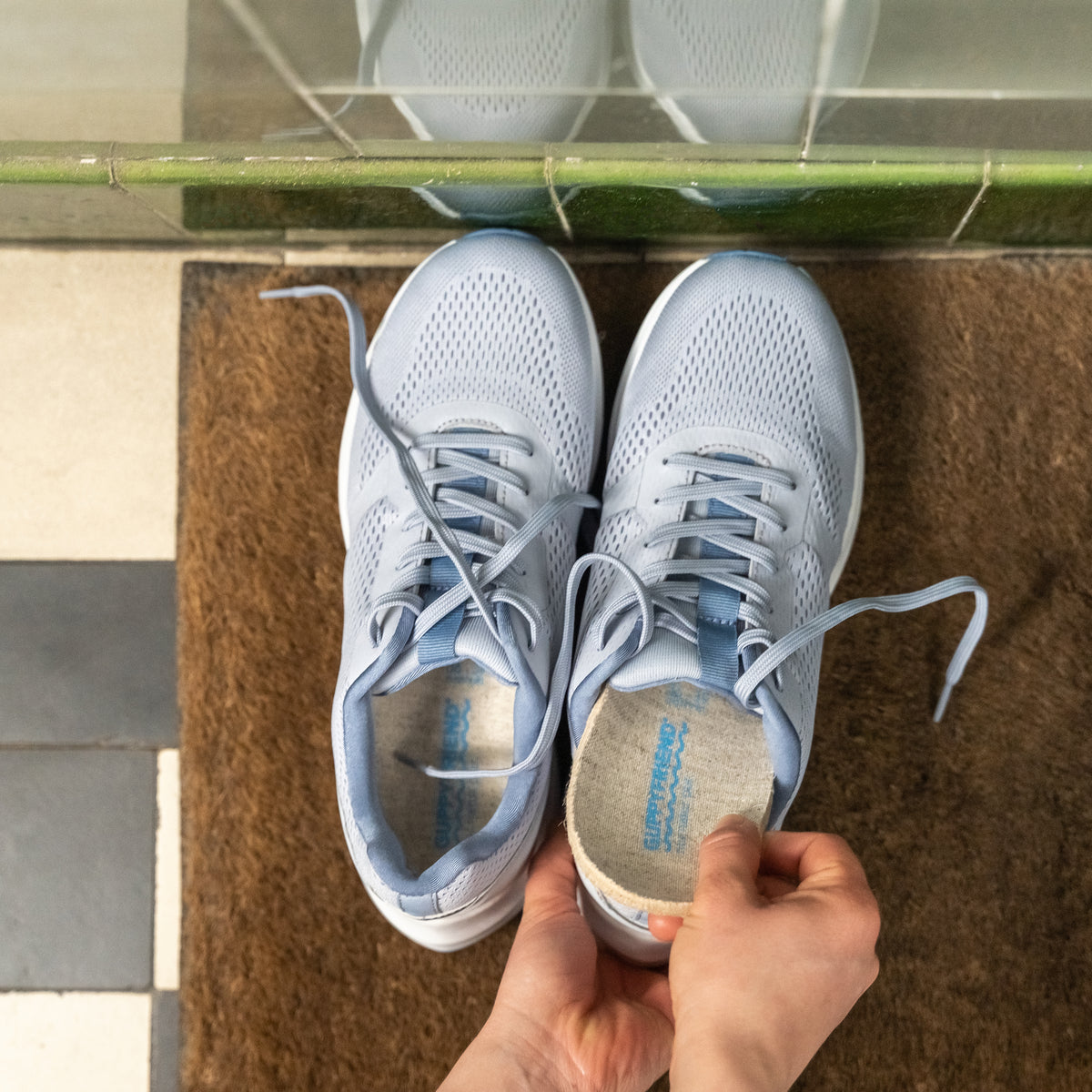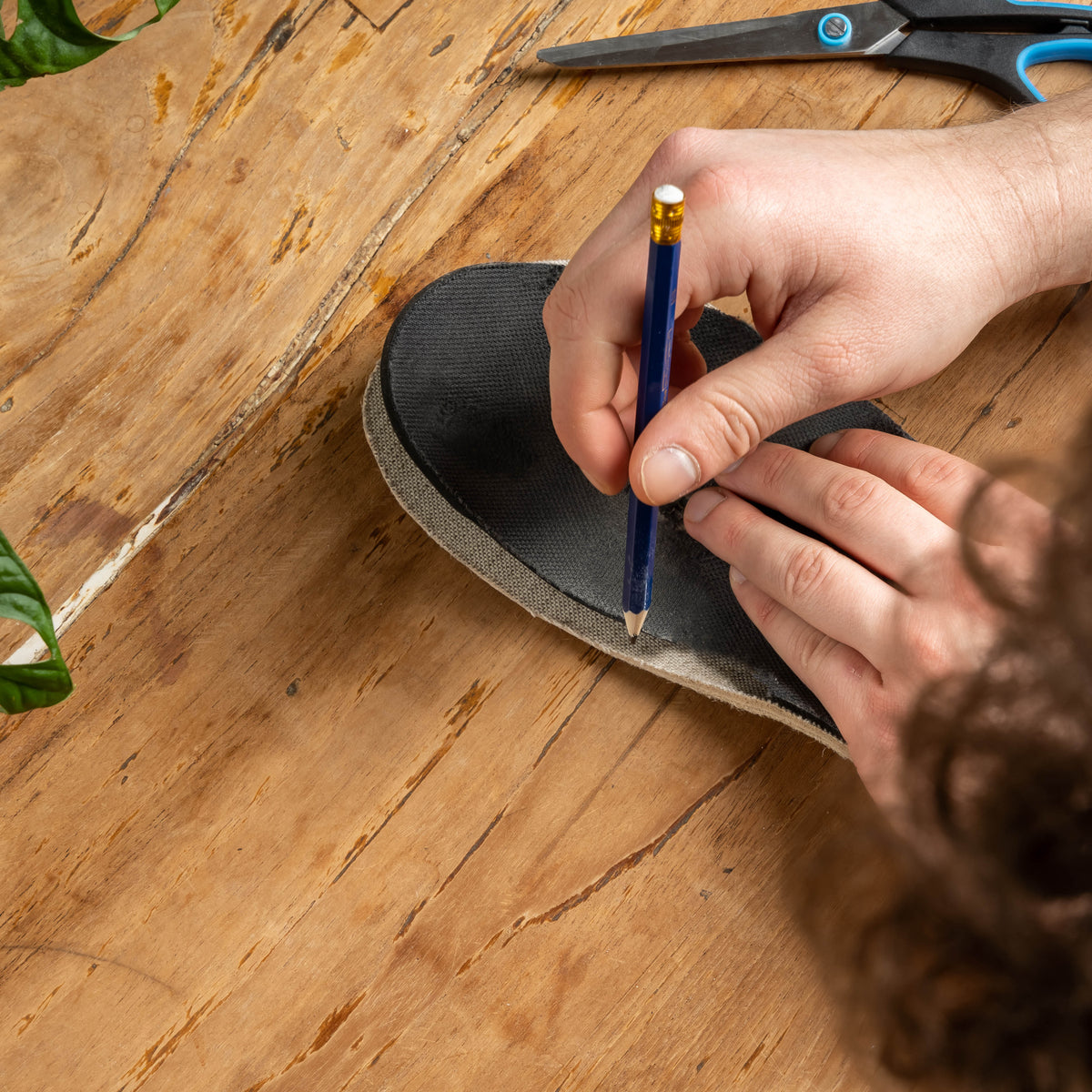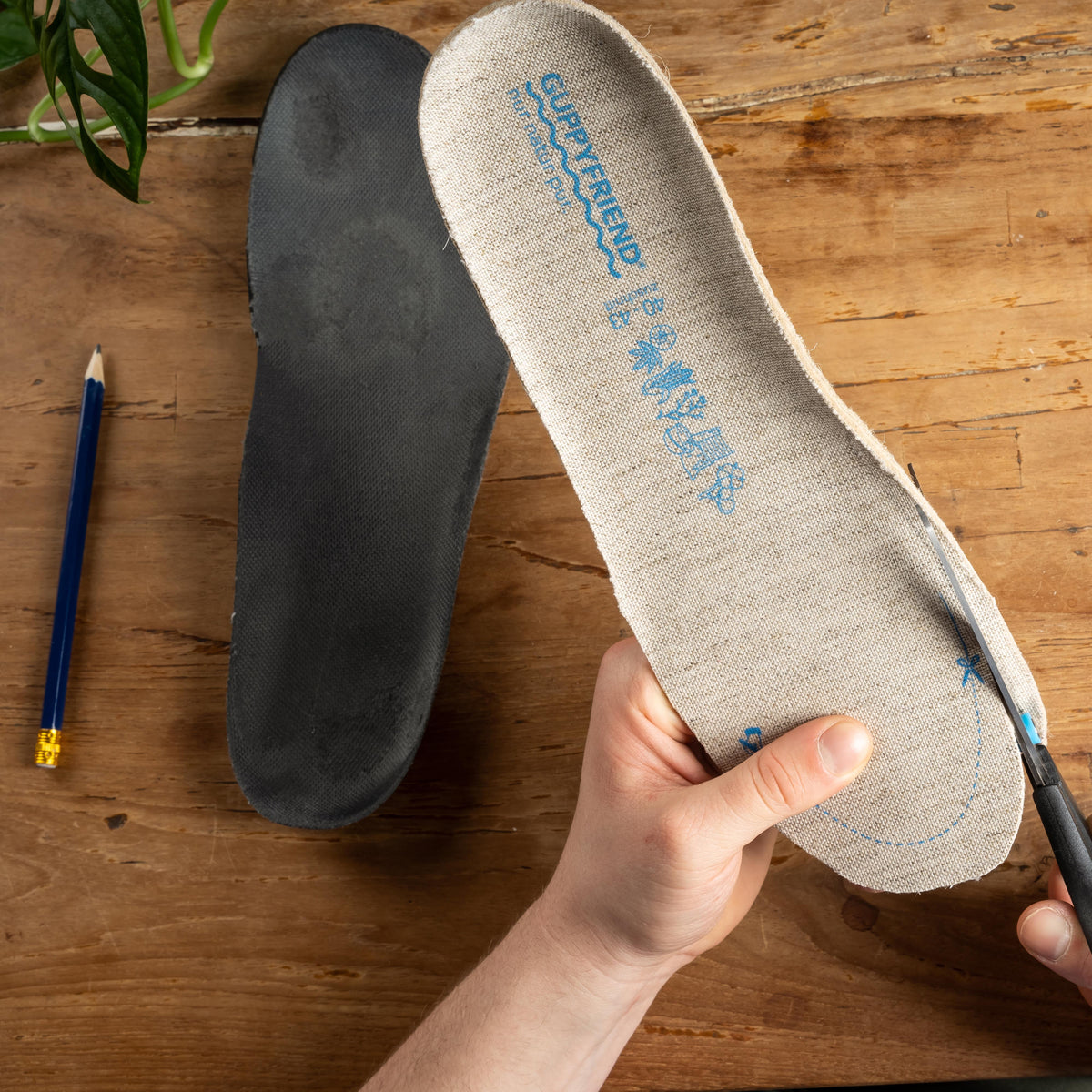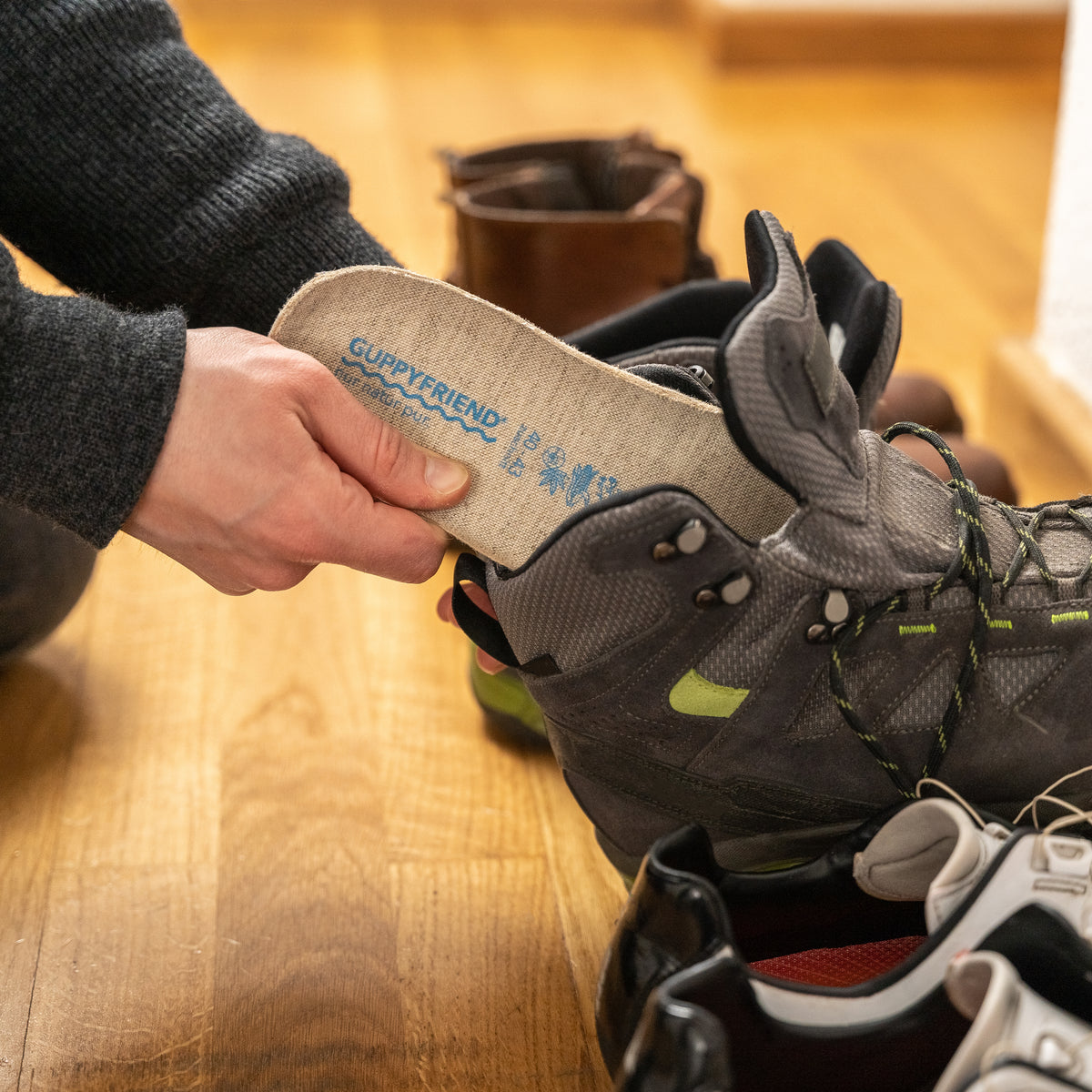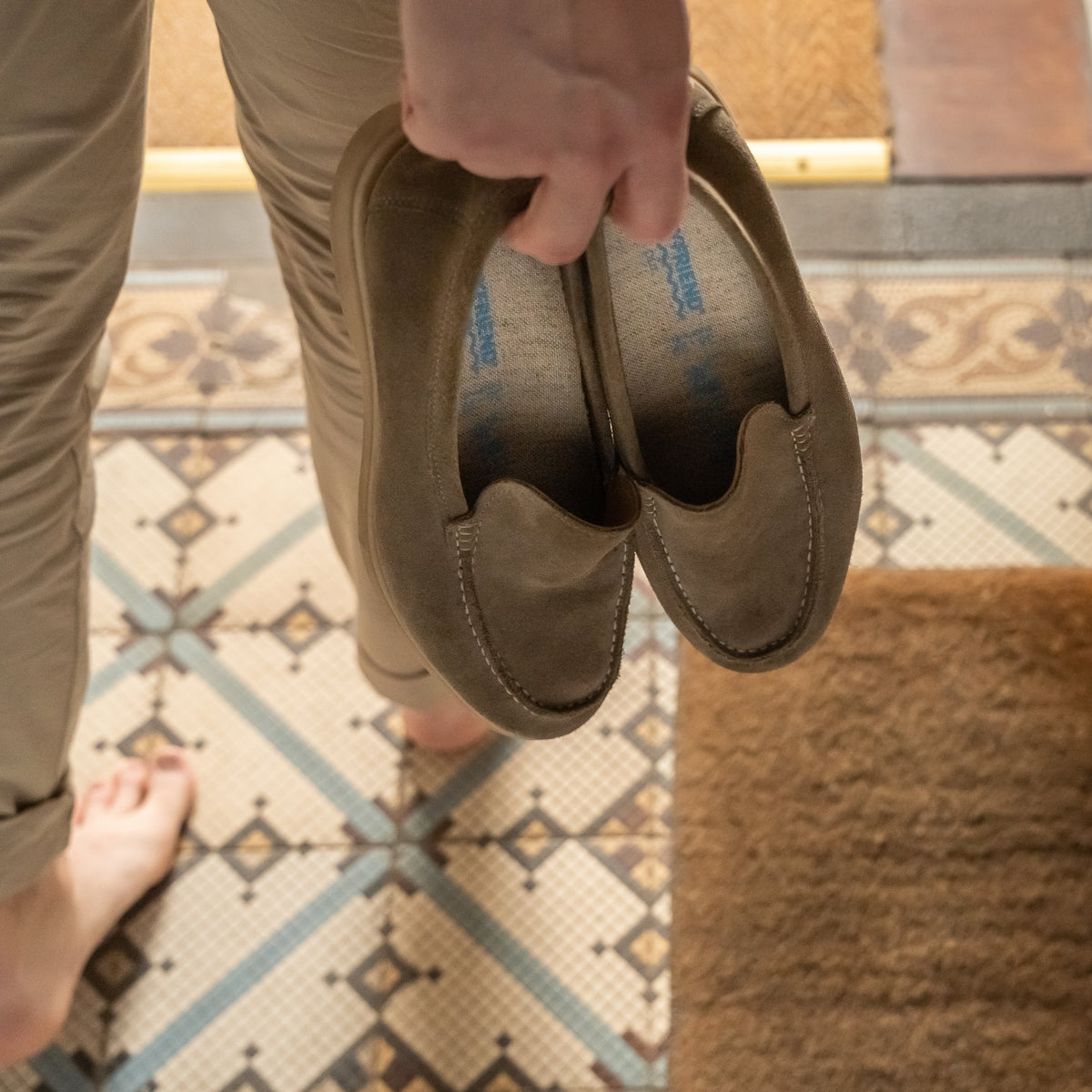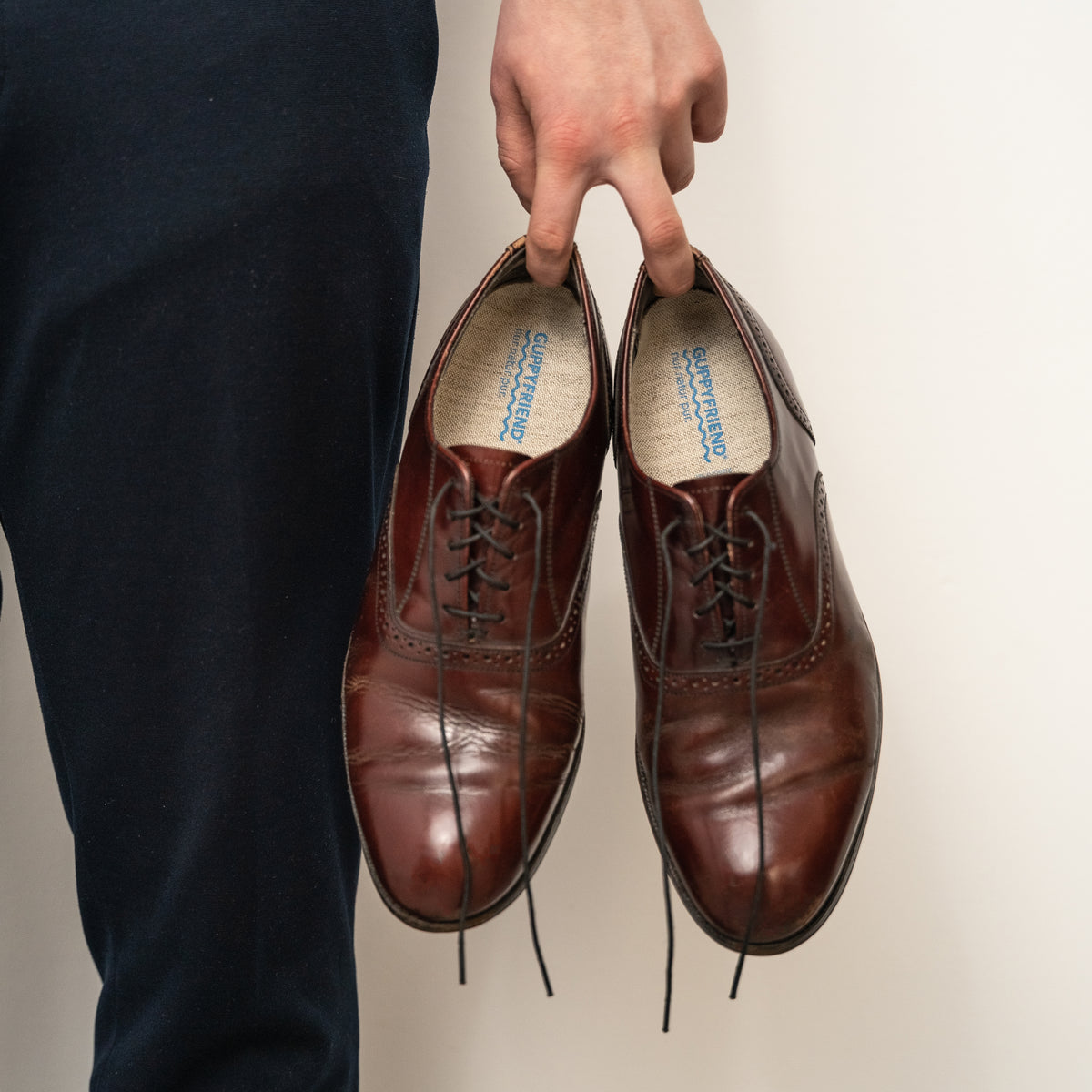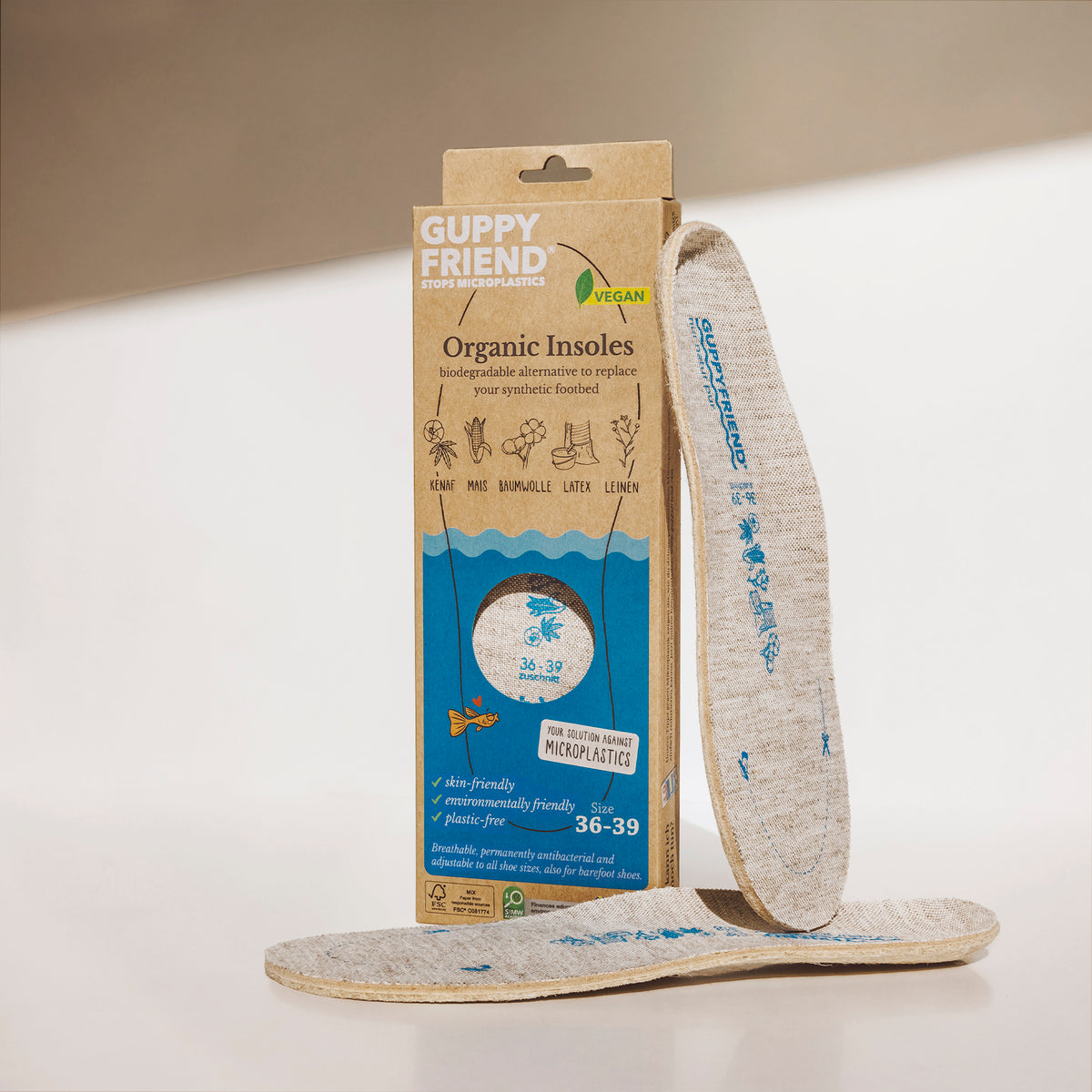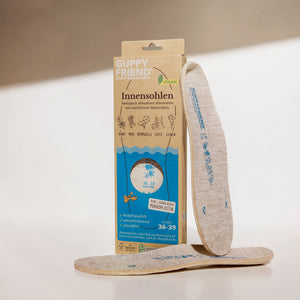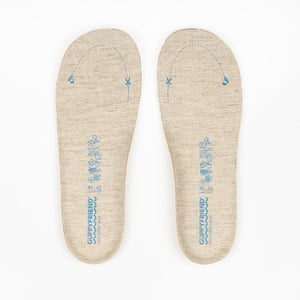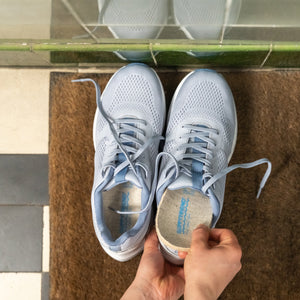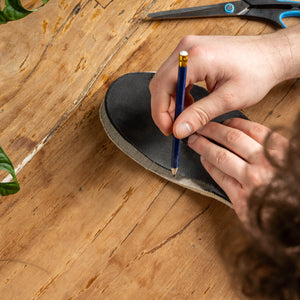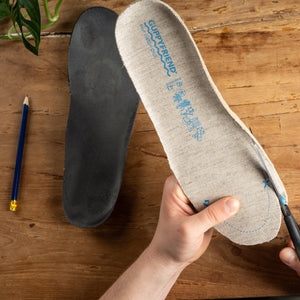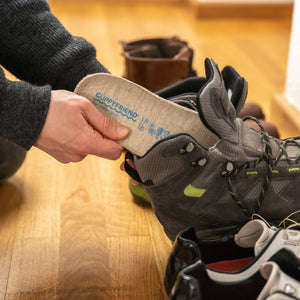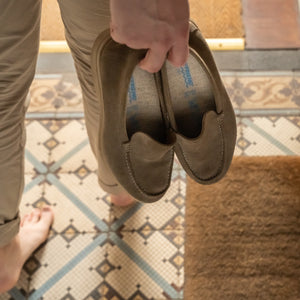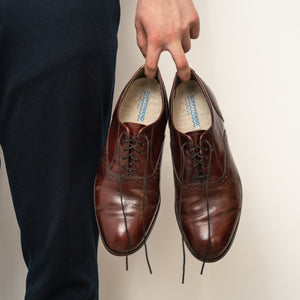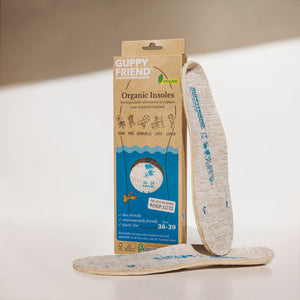Shoe insoles, also called "insoles," are predominantly made of expanded foam sheets (mostly Polyurethane – or PU for short). Unfortunately, these thermally deformed materials are only resistant to water, heat, light and sweat to a minimal extent. Due to the conditions prevailing inside the shoe (warm and humid climate and mechanical stress), increasing abrasion of the foam material is inevitable – even with occasional use. In addition, these inner sole materials age rapidly and lose their mechanical resistance after only a few weeks. So, in addition to the microplastics created by abrasion, a significant amount of waste is also generated by the necessary replacement of aging inner soles.
🍪 Cookies
Wir möchten dir interessante und topaktuelle Informationen rund um unsere Produkte und Leistungen anbieten. Mit deiner Erlaubnis erfahren wir durch Cookies mehr über die Nutzung unserer Seiten (Link/Menüfunktion mit Infos, insb. zur Nutzungsdauer). Wir werden dich dabei nicht namentlich identifizieren. Ohne deine Erlaubnis verwenden wir nur für die Funktion dieser Seite notwendige Cookies.
Essenzielle
Statistik & Marketing
Alle Cookies akzeptieren
Nur essentielle Cookies verwenden
Individuelle Cookie Einstellungen
Speichern & schließen
Essenzielle
Essenzielle Cookies ermöglichen grundlegende Funktionen und sind für die einwandfreie Funktion der Website erforderlich.
Details anzeigen
Statistik & Marketing
Marketing-Cookies werden von Drittanbietern oder Publishern verwendet, um personalisierte Werbung anzuzeigen. Sie tun dies, indem sie Besucher über Websites hinweg verfolgen.

